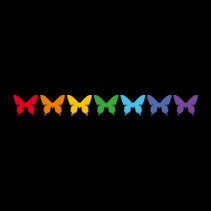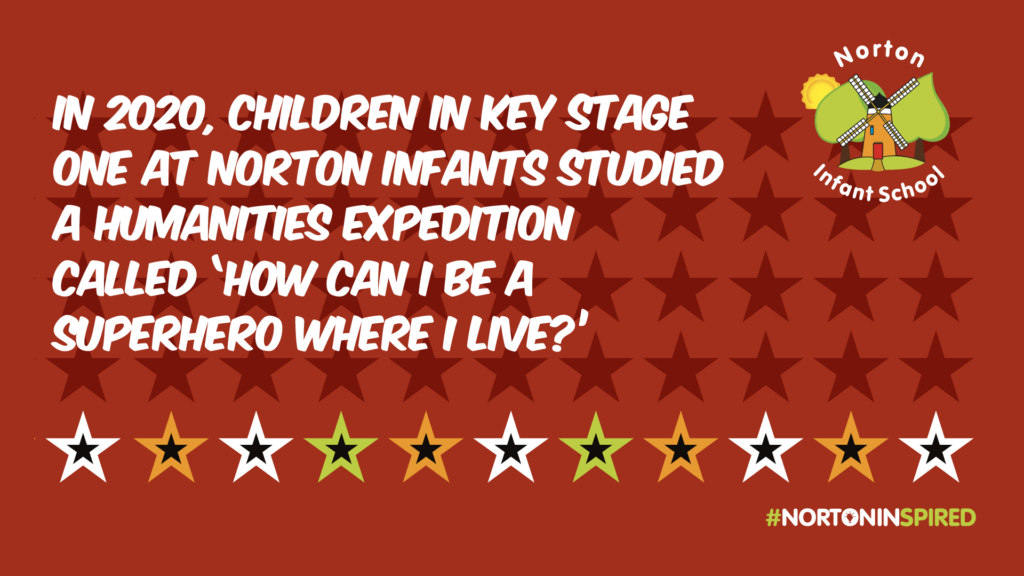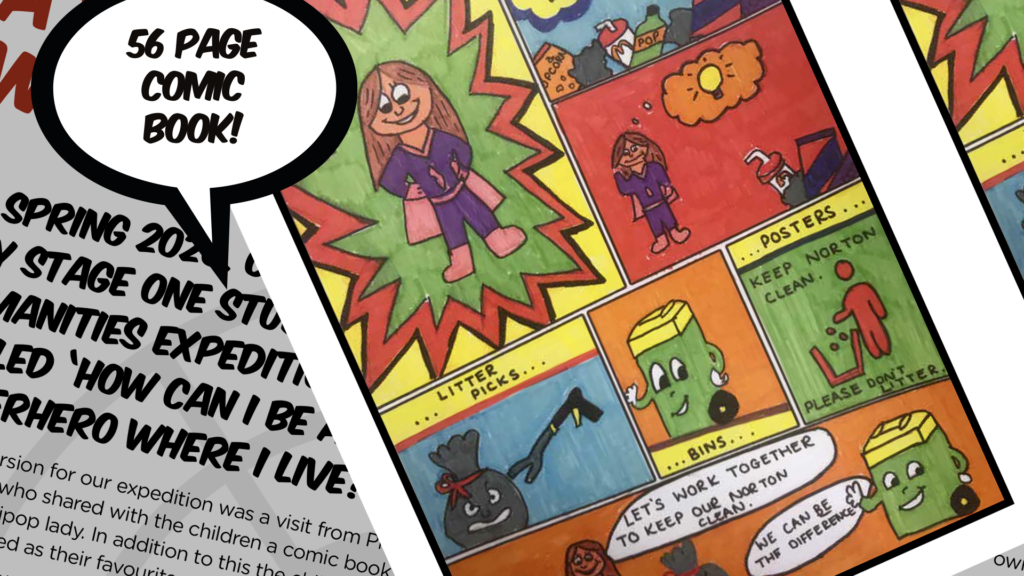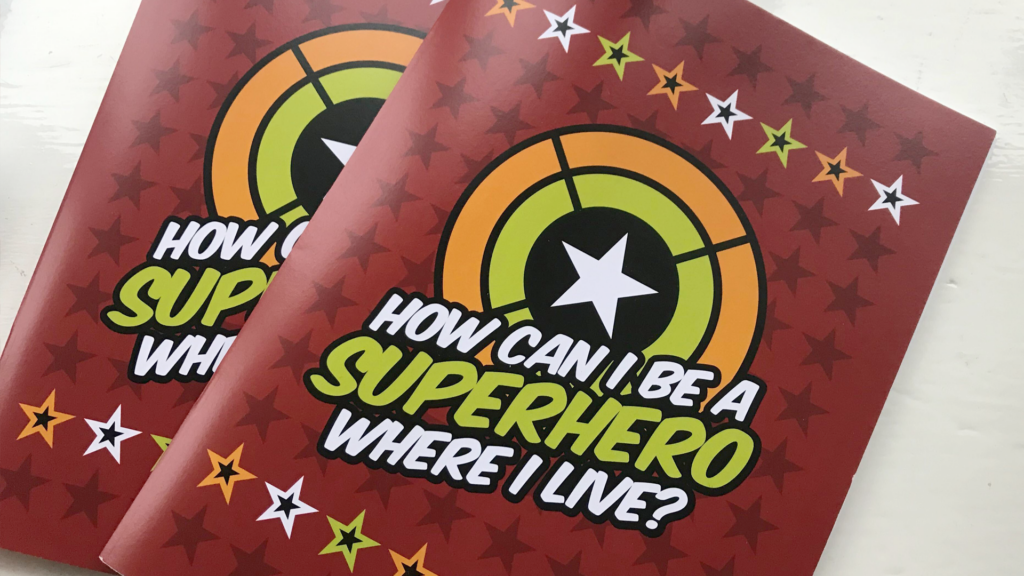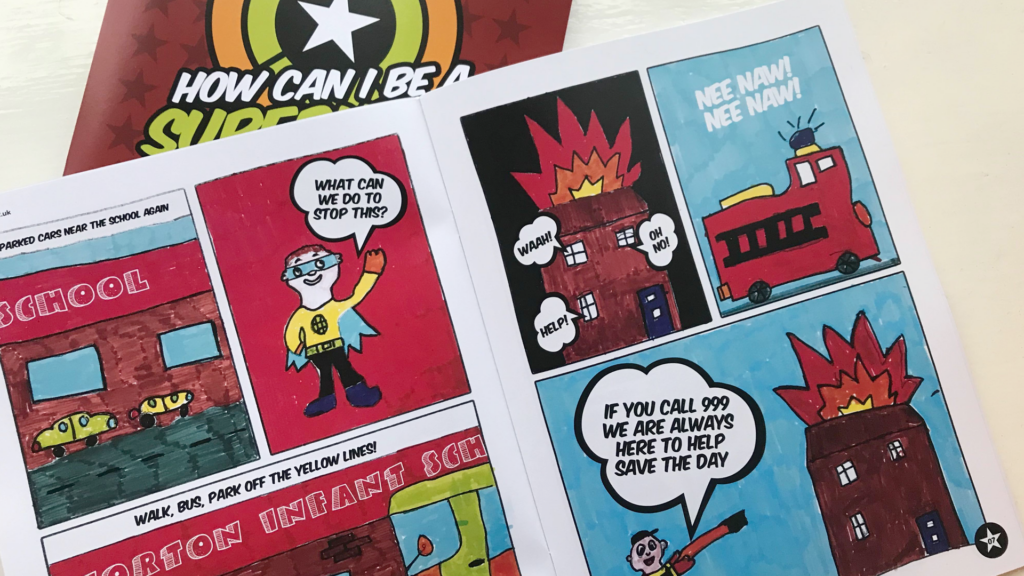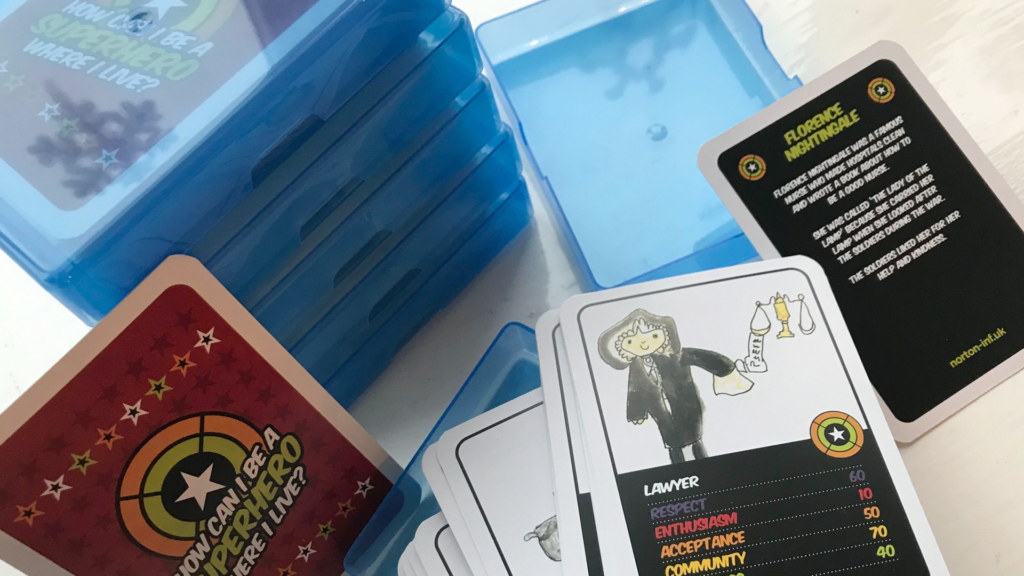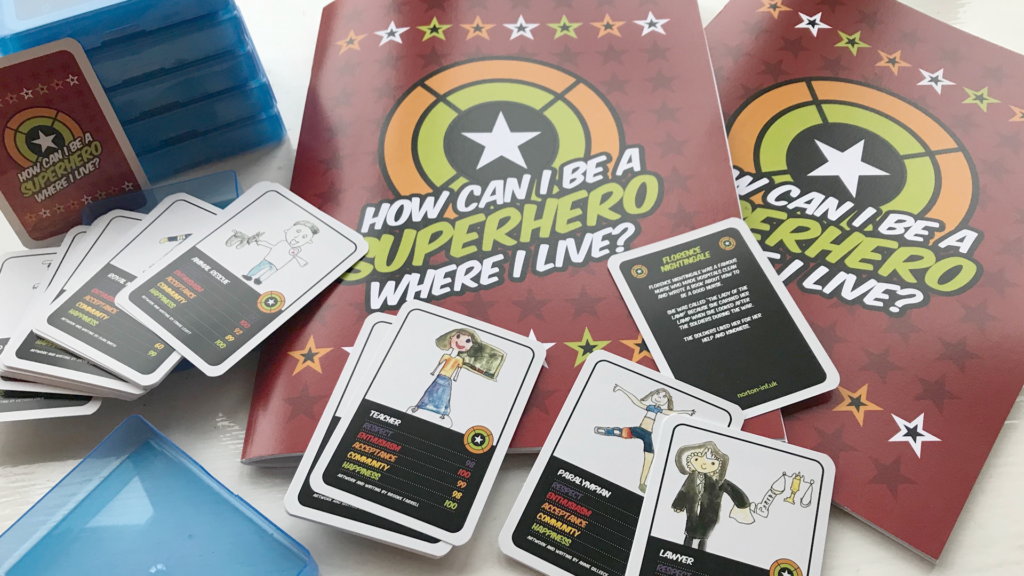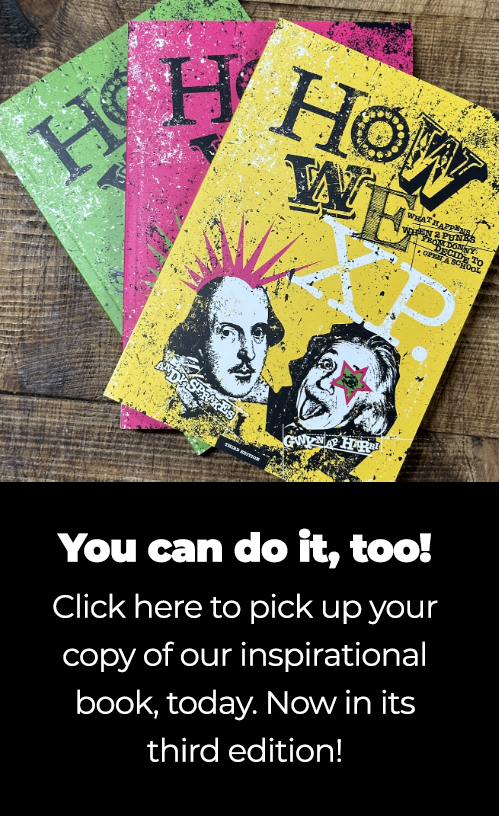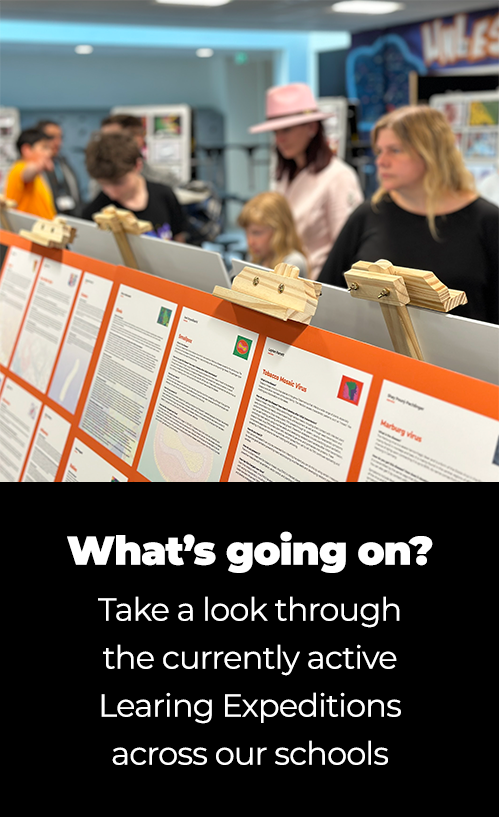GQ: How Can I Be A Superhero Where I Live?
Expedition lead: L Parsons
Curriculum: Humanities, Art and Computing
Phase/Year group: Primary, Year 2
Delivery date: December 2020
This is a great example of Activism and community engagement with KS1 students
In Spring 2020, children in key stage one studied a Humanities expedition called ‘How Can I Be A Superhero Where I Live?’
The immersion for our expedition was a visit from Phil Sheppard who shared with the children a comic book all about a lollipop lady. In addition to this the children all came dressed as their favourite superheroes.
Throughout the expedition the children met a range of experts such as the Mayor, PCSOs, doctors and other inspirational local heroes. To help with the final product, Phil Sheppard returned to run a workshop with the children helping them with their art particularly within the comic book style.
As part of the immersion week the children helped to build their classroom environments into their very own superhero hideouts.
Case Study 1: Humanities
We began the case study by using books and screen texts to research a range of different famous people who have had a big impact. We thought carefully about who the person was and what impact they have had, we then used that Information to work collaboratively to create a
poster about the famous people.
Alongside that we wrote fact files and biographies about the experts who came to visit us, we thought about how life was for them when they first started their jobs and how things have changed now. We noticed one of the biggest changes was the doctors job. We decided to research famous people from medicine, such as Florence Nightingale and Mary Seacole.
Case Study 2: Art
We started our case study during our immersion week by exploring and sharing a variety of different magazines, comics and Top Trumps cards.
We noticed the style of art work and decided we would need to aim for our work to be similar for our final
product. Initially we practised drawing superheroes using just pencil to work on showing different emotions, e.g. if they were happy, angry or sad. We then worked hard on colours. We learned about all the primary and secondary colours and how to mix them using paint. We saw in the comics that they used onomatopoeia splats – we used our new colour mixing skills to create some splats of our own.
Further on in our expedition we began our first draft.
Following this we watched Austin’s Butterfly and decided to critique our first drafts before we began our second. We then improved our second draft before we added the colour to our final design. Our drafting process was supported by Phil Sheppard.
Towards the end of our expedition we thought about the positive impact we could have if we were being superheroes in our local area. We decided to make little treat bags and use our art skills to make items such as labels and bookmarks to add to the bags.
Case Study 3: Computing
We used computing to support our expedition.
We researched famous people in small groups using the internet. We thought about how we would analyse the information we found and how to evaluate if it was useful to us. We also thought about how the search results are selected for us. We used our previously learned research skills to find out about famous medical people from the past. Some of us used the chromebooks to present our findings about our medical heroes. We then used the chrome books to record the written elements for our final products. This meant we had to learn how to store and retrieve digital content. Alongside our expedition, we used the iPads to take photographs of our visitors, trip around Norton and other stages of our expedition.
Our expedition culminated in a Presentation of Learning, where we shared our art work with parents, guests and heroes from our local area who supported us in our expedition.
Learning targets
Humanities
- I can use words and phrases like: old, new and a long time ago.
- I can use words and phrases like: before, after, past, present, then and now.
- I can explain how some people have helped us to have better lives.
- I can recount the life of someone famous from Britain who lived in the past. I can explain what they did earlier and later.
- I can give examples of things that were different when my grandparents were children.
- I can find out about things in the past by talking to an older person.
- I can spot old and new things in a picture.
- I can explain where I live and tell someone my address.
- I can say what I like about where I live.
- I can find where I live on a map of the UK.
- I can explain how an area has been spoilt or improved.
- I can explain the facilities that a village, town and city needs.
Art
- I can show how people feel in drawings and paintings.
- I can create mood in artwork.
- I can use charcoal, pencil and pastel to create art.
- I can name primary and secondary colours.
- I can mix paint to create all the secondary colours
Computing
- I can store and retrieve digital content.
- I can analyse and evaluate information.
- I can understand how search results are selected.
- I can use a website and a camera.
- I can use technology safely.
- I can keep personal information private.
- I understand that you have to make choices when using technology and that not everything is safe and/or true.

